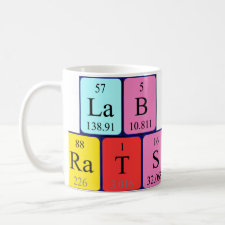
Authors: Wu YL, Liu XL, Cui JY, Meng MJ, Dai JD, Li CX, Yan YS
Article Title: Bioinspired synthesis of high-performance nanocomposite imprinted membrane by a polydopamine-assisted metal-organic method.
Publication date: 2017
Journal: Journal of Hazardous Materials
Volume: 323
Issue: (Part B)
Page numbers: 663-673.
DOI: 10.1016/j.jhazmat.2016.10.030
Alternative URL: http://www.sciencedirect.com/science/article/pii/S030438941630927X
Abstract: Significant efforts have been focused on the functionalization and simplification of membrane-associated molecularly imprinted materials, which can rapidly recognize and separate specific compound. However, issues such as low permselectivity and unstable composite structures are restricting it from developing stage to a higher level. In this work, with the bioinspired design of polydopamine (pDA)-assisted inorganic film, we present a novel molecular imprinting strategy to integrate multilevel nanocomposites (Ag/pDA) into the porous membrane structure. The molecularly imprinted nanocomposite membranes were then obtained through an in situ photoinitiated ATRP method by using tetracycline (TC) as the template molecule. Importantly, attributing to the formation of the Ag/pDA-based TC-imprinted layers, largely enhance TC-rebinding capacity (35.41 mg/g), adsorption selectivity and structural stability (still maintained 92.1% of the maximum adsorption capacity after 10 cycling operations) could been easily achieved. Moreover, largely enhanced permselectivity performance toward template molecule (the permeability factor β values were also more than 5.95) was also obtained. Finally, all synthesis methods were conducted in aqueous solution at ambient temperature, which was environmental friendly for scaling up without causing pollution
Template and target information: tetracycline, TC
Author keywords: molecularly imprinted membrane, TC, Bioinspired nanocomposite synthesis, Selective recognition and separation



Join the Society for Molecular Imprinting

New items RSS feed
Sign-up for e-mail updates:
Choose between receiving an occasional newsletter or more frequent e-mail alerts.
Click here to go to the sign-up page.
Is your name elemental or peptidic? Enter your name and find out by clicking either of the buttons below!
Other products you may like:
 MIPdatabase
MIPdatabase









